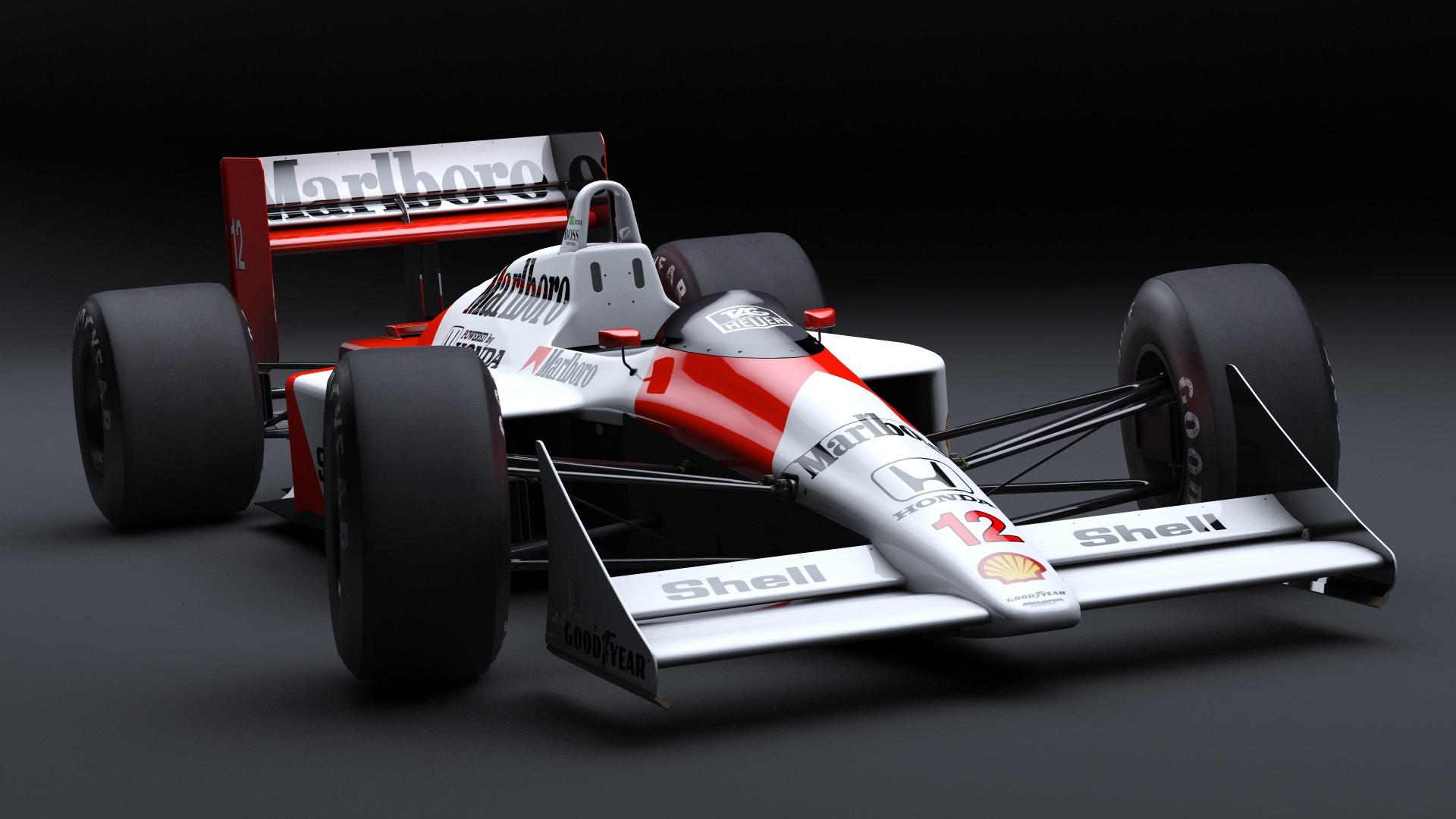
the goat? — Here are all the F1 cars designed by the legendary Adrian Newey No other F1 designer has penned more championship winning cars than Adrian Newey.
Jonathan M. Gitlin – May 5, 2024 11:00 am UTC Enlarge / When you’re a legendary F1 designer like Adrian Newey, it’s easy to persuade the team to let you have a go in one of your own creations.Andrew Hone/Getty Images for Red Bull reader comments 57
In Formula 1, the car isn’t quite everything, but ultimately, how well the team’s designers did their job creating a racing car is a more important factor in a team’s success on track than how good their drivers are. It’s not that F1 drivers don’t matter, but even the best driver on the grid will struggle to earn points if they’re not in a competitive car.
One designer has been responsible for creating competitive cars more than any other, penning 12 championship-winning cars in 32 years. His name is Adrian Newey, and this week, we discovered he’s looking for a new job.
As in other sports, F1’s “silly season” is what they call that time period when contracts are up and people are switching to new teams; it’s named as such because it’s what happens when there’s no real news to report but you need a story anyway.
This year, the silly season got underway well before the first of the year, and it’s been sillier than most. First, Andretti Cadillac got snubbed by the sportbecause an email went to a spam folderthen seven-time World Champion Lewis Hamilton announced he was leaving longtime home Mercedes, for Ferrari. Just as everything started to calm down, the Red Bull team started to look a little… implodey as Red Bull team boss Christian Horner was accused of inappropriate behavior by a female employee.
At the time, rumors circulated that Red Bull’s superstar Max Verstappen could try to use the Horner scandal as a way to leave the team. That didn’t happen, but something just as consequential didit precipitated the departure of Newey. The superstar designer will finish the Red Bull RB17 hypercar project before departing the team early in 2025. Advertisement
“Ever since I was a young boy, I wanted to be a designer of fast cars. My dream was to be an engineer in Formula 1, and Ive been lucky enough to make that dream a reality,” Newey said in a statement. His autobiography, which tells the story of how he made that happen, is worth a read, but today we’ve put together some galleries of Newey’s various creationsan illustrated history of his career as the world’s most successful race car designer. The early years
Newey’s first racing cars weren’t F1 machines. He started work at the race car builder March, and after working as a race engineer in IndyCar and then F2 for March customers, he designed the March 82G, aka the Lobster Claw, which raced in IMSA’s GTP category. He then penned the 1985 Indy 500-winning March 85C, then its successor in 1986, before leaving March for a couple of years, then returning to design his first F1 car for the small F1 team Leyton House in 1988. Newey designed Leyton House’s cars for March until 1990 when he moved to Williams as chief designer. Newey worked as race engineer for Keke Rosberg’s Fittipaldi F8 before moving to March to design cars. Bernard Cahier/Getty Images) You can see why the March 82G earned the nickname Lobster Claw, seen here racing in Miami in 1983. Brian Cleary/Getty Images Newey is known for his F1 accolades, but winning the Indy 500 with his first IndyCar (the March 85G) is nothing to sneeze at either. Focus on Sport via Getty Images Newey’s first F1 chassis, the March 881. Pascal Rondeau/Allsport/Getty Images Ivan Capelli of Italy drives the #16 Leyton House Racing March CG891 Judd V8 during the Fuji Television Japanese Grand Prix on 22 October 1989 at the Suzuka Circuit in Suzuka City, Japan. Pascal Rondeau/Getty Images Mechanics assemble the Adrian Newey designed Leyton House CG901Judd V8 on 1st June 1990 at the Leyton House Formula One Racing Team in Bicester, Great Britain. Photo by Pascal Rondeau/Getty Images The Williams years
Williams was a much more competitive team then than now, and Newey’s FW14 turned out to be one of the most successful F1 cars, notching up seven wins in 1991 and 10 wins in 1992, earning Nigel Mansell the championship in the process. 1993 saw Alain Prost take the crown with the Newey-designed FW15C, then Damon Hill became champion in 1996 with the FW18, followed by Jacques Villeneuve in 1997 with the FW19. The FW14 was the first Newey car to win an F1 race. It was so good, Williams kept it for the following season (in B-spec), where it won the championship. Paul-Henri Cahier/Getty Images The FW15C is considered by many to be the most advanced F1 car ever thanks to fully active suspension, a semi-automatic gearbox, and anti-lock brakes. Pascal Rondeau/Allsport/Getty Images Damon Hill almost won the 1994 championship in the FW16. Here, we see Newey driving the car up the hill at the Goodwood Festival of Speed. Mark Thompson/Getty Images In 1995, Damon Hill did not drive a great season, and Michael Schumacher won everything. Paul-Henri Cahier/Getty Images But 1996 went much better and Hill took the title. Williams dumped him anyway, and Newey also left, disliking the way Hill was treated. Darren Heath/Getty Images Newey was on gardening leave while his FW18 earned another championship in 1997. Paul-Henri Cahier/Getty Images Page: 1 2 Next → reader comments 57 Jonathan M. Gitlin Jonathan is the Automotive Editor at Ars Technica. He has a BSc and PhD in Pharmacology. In 2014 he decided to indulge his lifelong passion for the car by leaving the National Human Genome Research Institute and launching Ars Technica’s automotive coverage. He lives in Washington, DC. Advertisement Channel Ars Technica ← Previous story Related Stories Today on Ars






